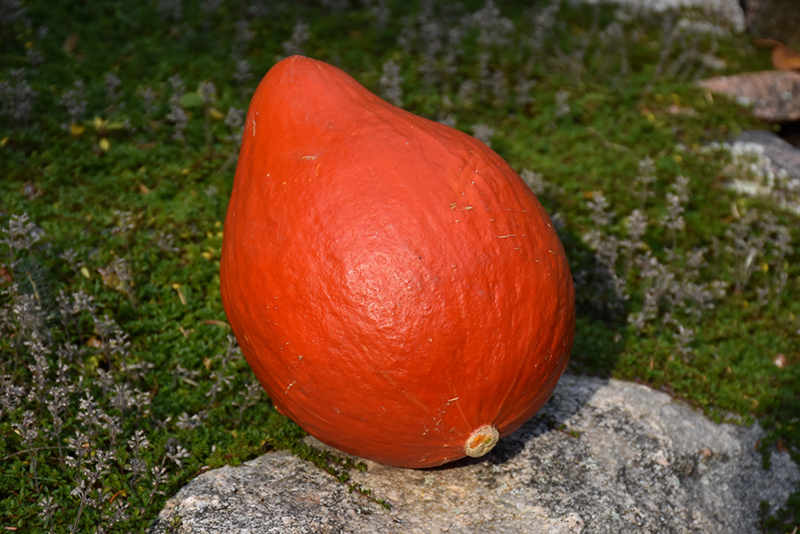Little Gem Hubbard Squash
Cucurbita maxima 'Little Gem'
Height: 18 inches
Spacing: 18 inches
Sunlight:
![]()
Hardiness Zone: (annual)
Other Names: Red Kuri Squash
Group/Class: Winter Squash
Description:
A high yielding, vigorous mini Hubbard variety; produces small, 8" tear drop shaped squash, weighing up to 5lbs each; deep orange-red skin leads to delicious golden flesh; nutty and sweet, perfect for baking, mashing, steaming or slicing into salads
Edible Qualities
Little Gem Hubbard Squash is an annual vegetable plant that is typically grown for its edible qualities. It produces small orange oblong fruit with gold flesh which are usually ready for picking from late summer to mid fall. The fruits have a sweet taste and a fleshy texture.
The fruit are most often used in the following ways:
- Eating When Cooked/Prepared
- Cooking
- Baking
- Freezing
Planting & Growing
Little Gem Hubbard Squash will grow to be about 18 inches tall at maturity, with a spread of 5 feet. When planted in rows, individual plants should be spaced approximately 18 inches apart. This vegetable plant is an annual, which means that it will grow for one season in your garden and then die after producing a crop.
This plant is typically grown in a designated vegetable garden. It should only be grown in full sunlight. It does best in average to evenly moist conditions, but will not tolerate standing water. This plant is a heavy feeder that requires frequent fertilizing throughout the growing season to perform at its best. It is not particular as to soil pH, but grows best in rich soils. It is somewhat tolerant of urban pollution. Consider applying a thick mulch around the root zone over the growing season to conserve soil moisture. This is a selected variety of a species not originally from North America.; however, as a cultivated variety, be aware that it may be subject to certain restrictions or prohibitions on propagation.
